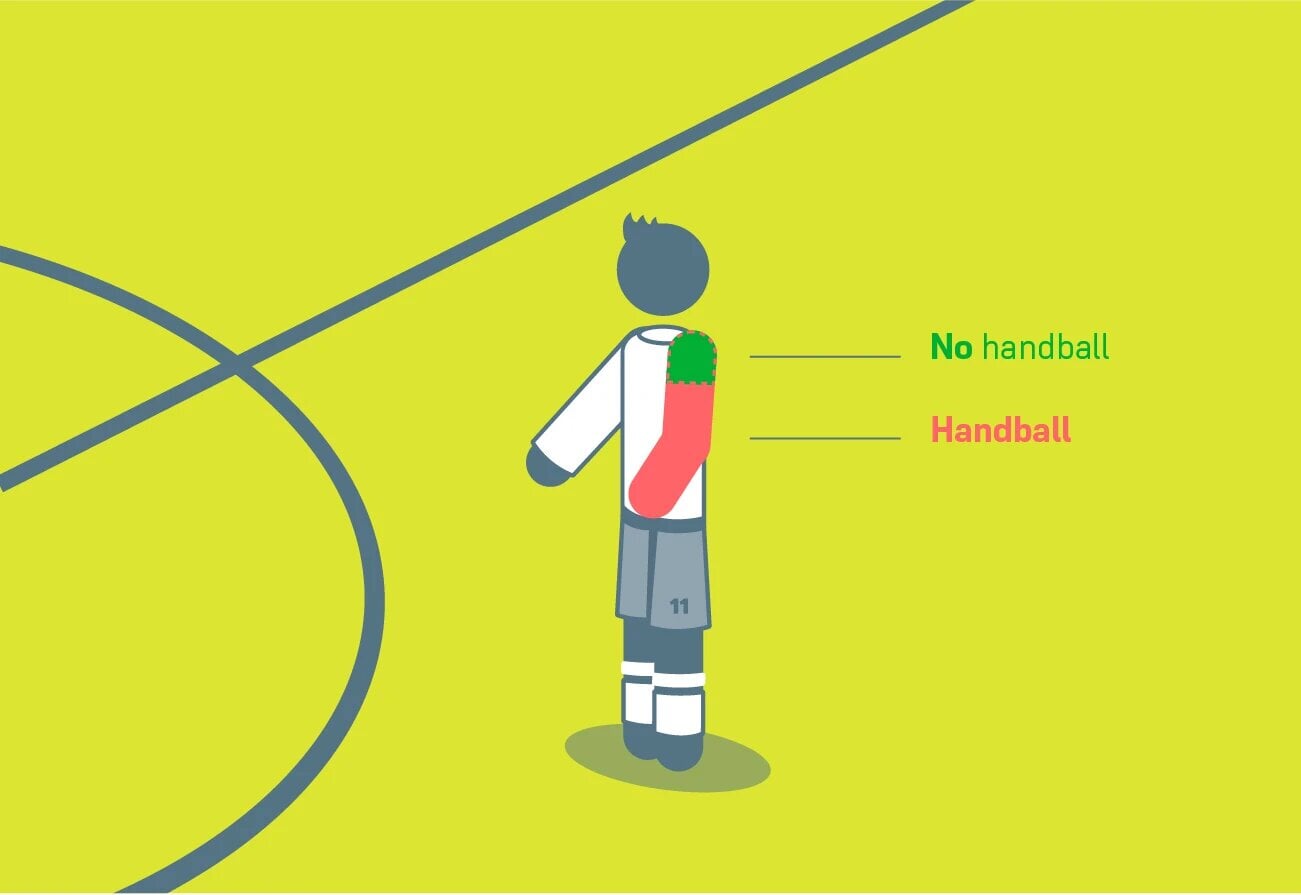Football’s rule-makers International Football Association Board have explained a change in the rule that determines whether or not a player is in an offside position, pertaining specifically to the position of their hands.
As stated by the rule, the shoulder can be used to score a legitimate goal, and hence it will be considered while determining whether a player is in an offside position or not.
In a presentation, the IFAB stated:
“The hands and arms of all players, including the goalkeepers, are not considered. For the purposes of determining offside, the upper boundary of the arm is in line with the bottom of the armpit.”
The shoulder is not part of the arm for handball. It is therefore a part of the body with which a goal can be legitimately scored and so must be considered when judging offside.”
Explaining the explanation
The rule pertaining to the determination of handball has changed a lot of times over the years. While their new explanation is not particularly a change of rule, it helps in understanding wherefrom the offside lines will be drawn.
As explained in the presentation, a shoulder and an arm are considered two separate body parts in football. Hence, while a player cannot use his or her arm to score, the shoulder can be used to do it.

While this part was plain and simple, problems arose when goals were checked for offside by the VAR. This rule simply explains that if a player’s arm was in an offside position in the buildup to a goal, it will not be considered while determining offside.
However, since the shoulder belongs to the parts of the body which can be used to score a goal, the goal will be cancelled if the player’s shoulder is in an offside position in the buildup to a goal.
The bottom of a player’s armpit will be the boundary between the shoulder and the arm, in a sense that the part of the arm that is above the bottom of the armpit will be considered as the shoulder. So, that portion of the body will be considered while determining offsides.


